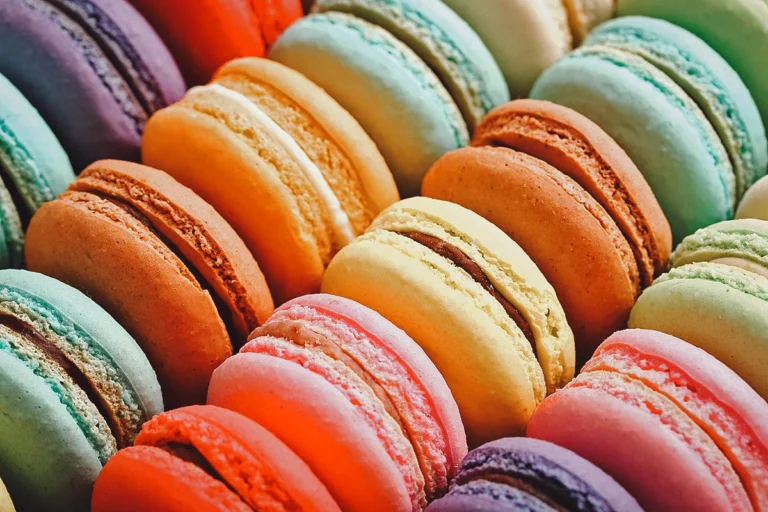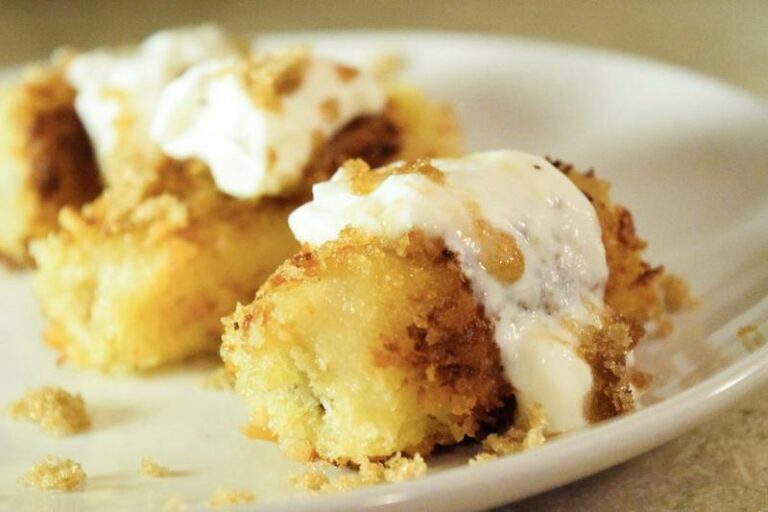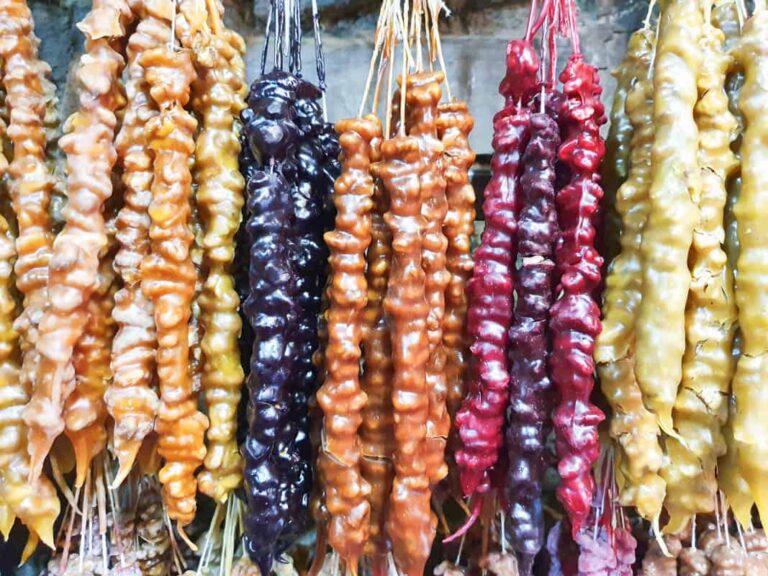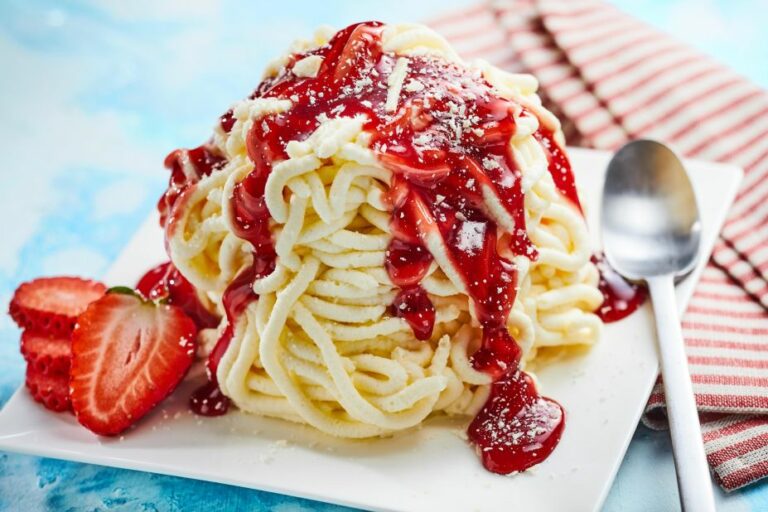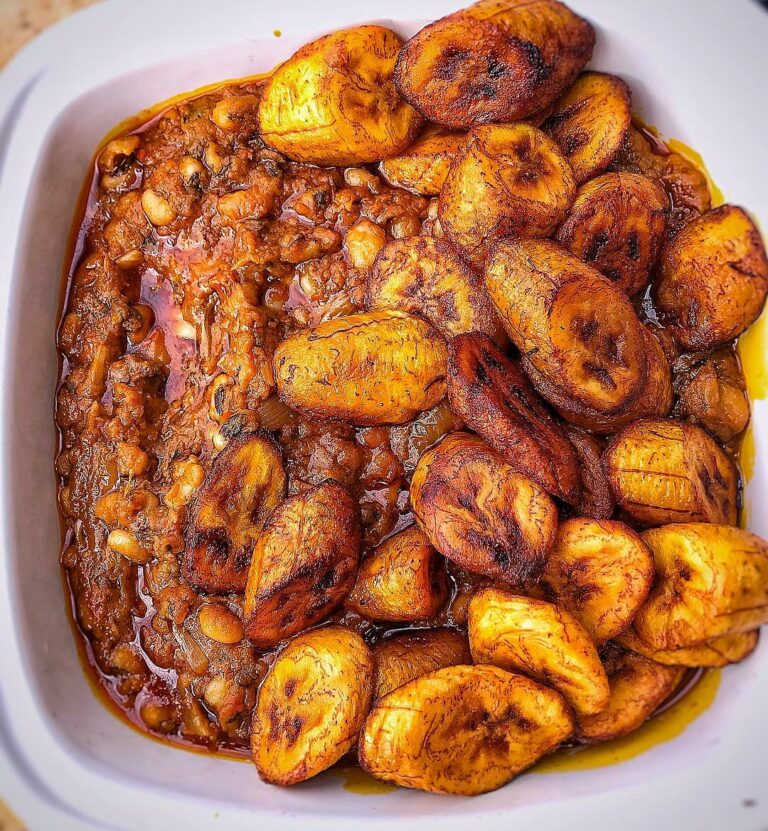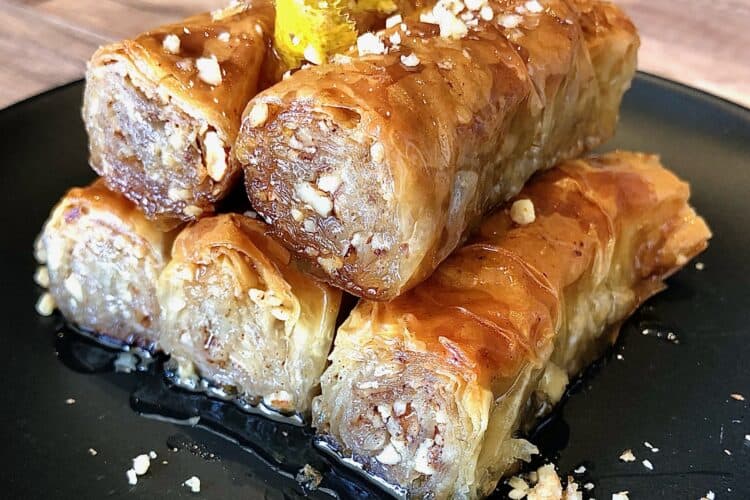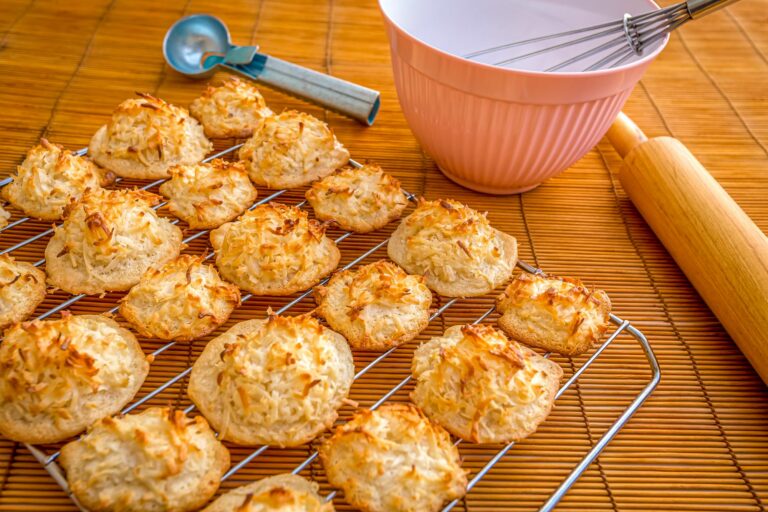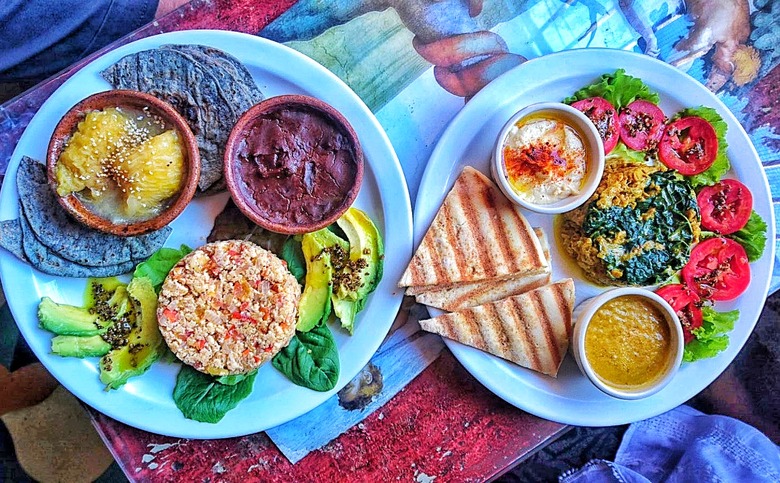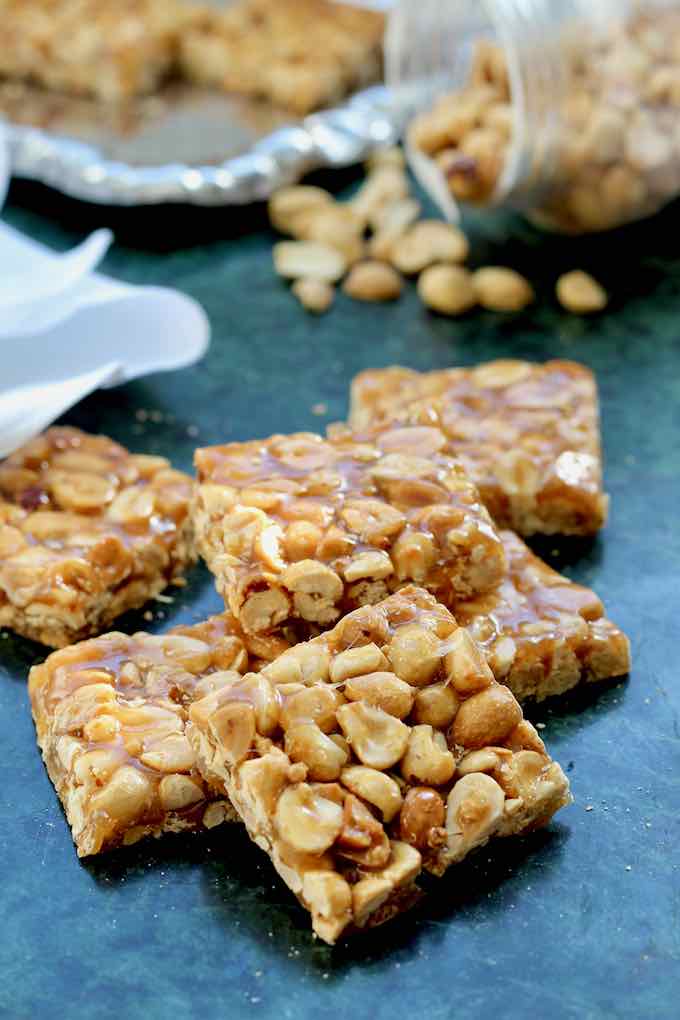Introduction: French Cuisine and Desserts
French cuisine is renowned for its richness, diversity, and sophistication. From savory dishes like coq au vin and bouillabaisse to sweet treats like macarons and éclairs, French cuisine is a feast for the senses. However, when it comes to desserts and pastries, French cuisine is unrivaled in its mastery. With a long history of innovation and refinement, French pastry has become synonymous with excellence and luxury, attracting food lovers and connoisseurs from around the world.
The Origins of French Pastry
The origins of French pastry can be traced back to the Middle Ages, when the Crusaders brought back exotic spices and ingredients from the East, such as almonds, sugar, and cinnamon. These ingredients were combined with local ingredients like eggs, flour, and butter to create a variety of sweets and pastries, including tarts, pies, and cakes. Over time, French pastry evolved and became more refined, thanks to the influence of Italian and Spanish bakers, who introduced new techniques and ingredients, such as puff pastry, chocolate, and coffee.
The Classics: Famous French Desserts
French pastry has given birth to a plethora of famous desserts and pastries, each with its unique flavor, texture, and presentation. Some of the most iconic French desserts include crème brûlée, a silky vanilla custard topped with a crispy layer of caramelized sugar; tarte tatin, an upside-down caramelized apple tart; and mille-feuille, a delicate pastry made of layers of puff pastry and pastry cream. Other classic French sweets include macarons, éclairs, madeleines, and profiteroles, which have become staples of French pastry shops and bakeries around the world.
The Patisserie Revolution in France
In the late 19th century, a new generation of French pastry chefs emerged, who revolutionized the art of pastry by emphasizing creativity, innovation, and technique. Among them were Antonin Carême, who created elaborate sugar sculptures and towering croquembouches, and Auguste Escoffier, who developed the standardization of recipes and kitchen organization. These pioneers paved the way for a new era of French pastry, which saw the emergence of new techniques, such as molecular gastronomy, and the fusion of different cuisines and flavors.
Modern French Patisserie: Innovations and Trends
Today, French pastry continues to evolve and innovate, guided by a new generation of talented chefs and pâtissiers who push the boundaries of tradition and experiment with new ingredients and techniques. In recent years, the trend in French pastry has been towards minimalism, with a focus on natural and seasonal ingredients, and towards fusion, with the incorporation of flavors and techniques from other cultures. Some of the most innovative French desserts include Pierre Hermé’s Ispahan, a rose-flavored macaron filled with lychee and raspberry, and Christophe Adam’s éclair with exotic fruit and spices.
Conclusion: The Timeless Art of French Pastry
French pastry is a timeless art that continues to amaze and delight food lovers around the world. Whether you enjoy classic French desserts or the latest innovations in French patisserie, there is no denying the skill, creativity, and passion that goes into every pastry and sweet treat. From the humble croissant to the decadent chocolate mousse, French pastry is a reflection of the French culture and identity, a celebration of the senses and the art of living.

